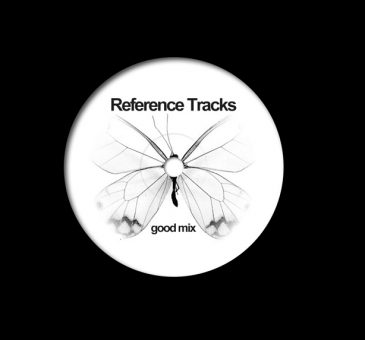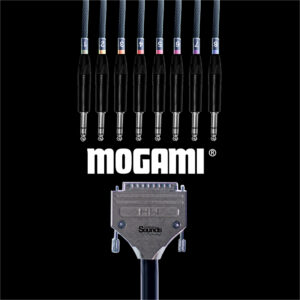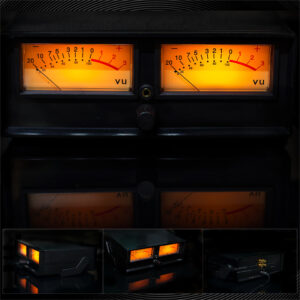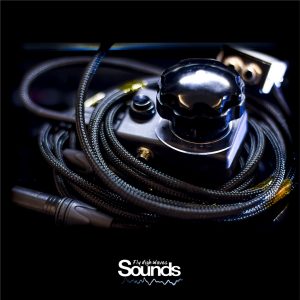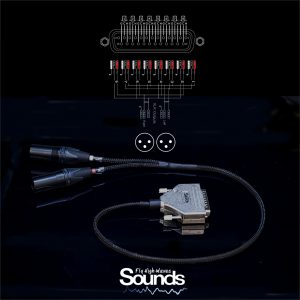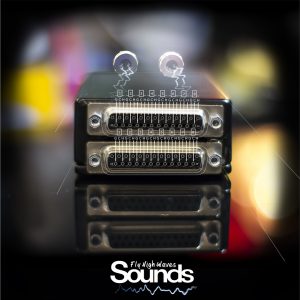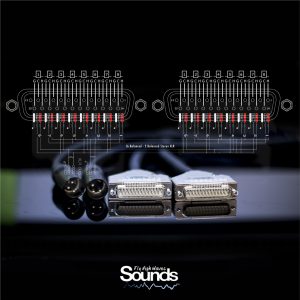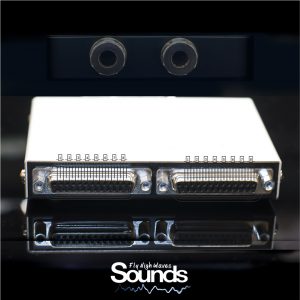Reference tracks in post production & music production.
Usually mixing analysis is great, but it is impractical to learn hundreds of mixes thoroughly or carry them around just in case we want to refer to them. It is better to focus on a few selected mixes, learn them inside out, analyze them to the smallest detail of every mixing aspect and have them readily accessible when needed.Some mixing engineers carry a CD compilation with a few reference tracks (mostly their own past mixes) and upon the occasion refer to them. The novice might refer to his reference tracks on a more frequent basis. MP3 players are also used, often with the music stored in a lossless format. When mixing at home or in ones’ studio, some have a specific folder on the hard drive with selected mixes.
The danger of reference tracks…
It’s important to use just an overall idea, a reference track during the mixing and mastering process but it can be really dangerous during production.
The first benefit is to reset your ears. A-B tests will give you an image of what needs to be corrected. However, there are a lot of varieties in commercial tracks so take it as reference only. Comparing with a mastered track can be hard because is subjective. The loudest track will sound better. Matching the level is essential when you use a reference track.
Chances are that you really like one of the “big names” in the industry. You will spend hours upon hours replicating the sound made by your favorite artist.
The reason you want to sound like your favorite artist is because he is successful, right? Well, you aren’t getting to the top by just doing what other people does. What are the main reasons why is a great artist? Originality!
Doing what other people do is the sure way to fall into mediocrity.
We think this is a powerful tip.
What do you think?

- Fly High Waves Sounds ™


